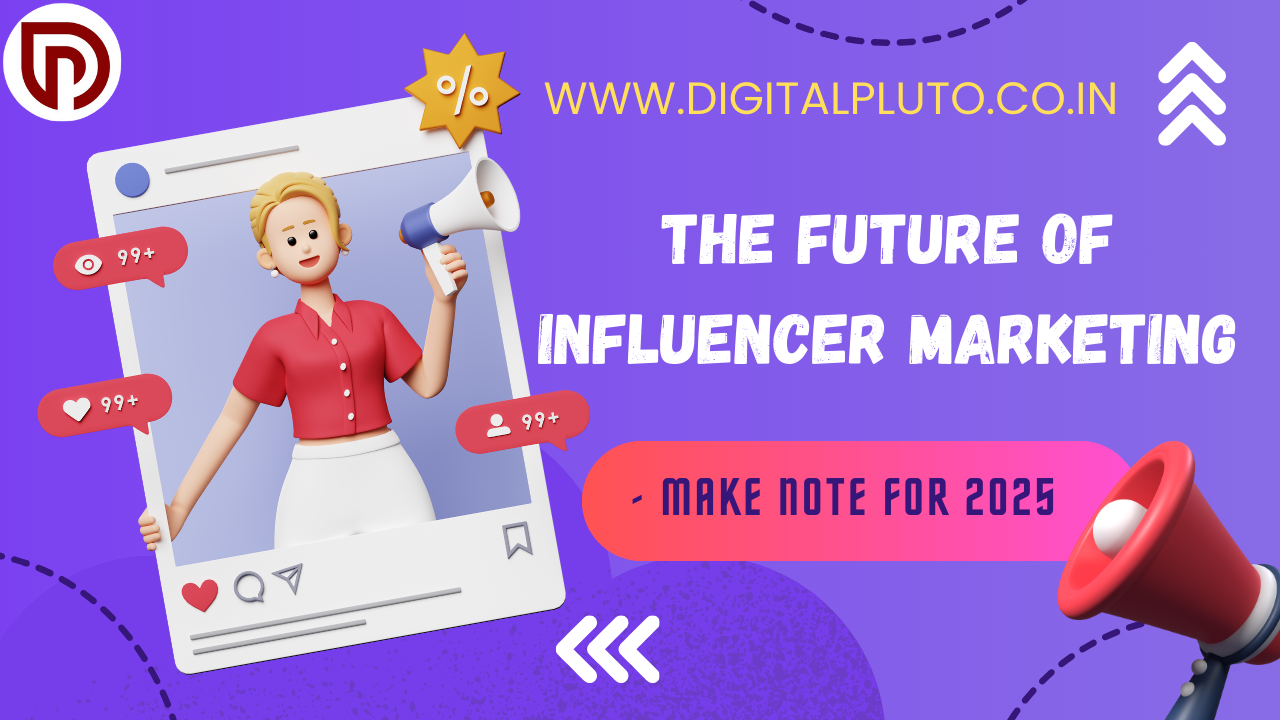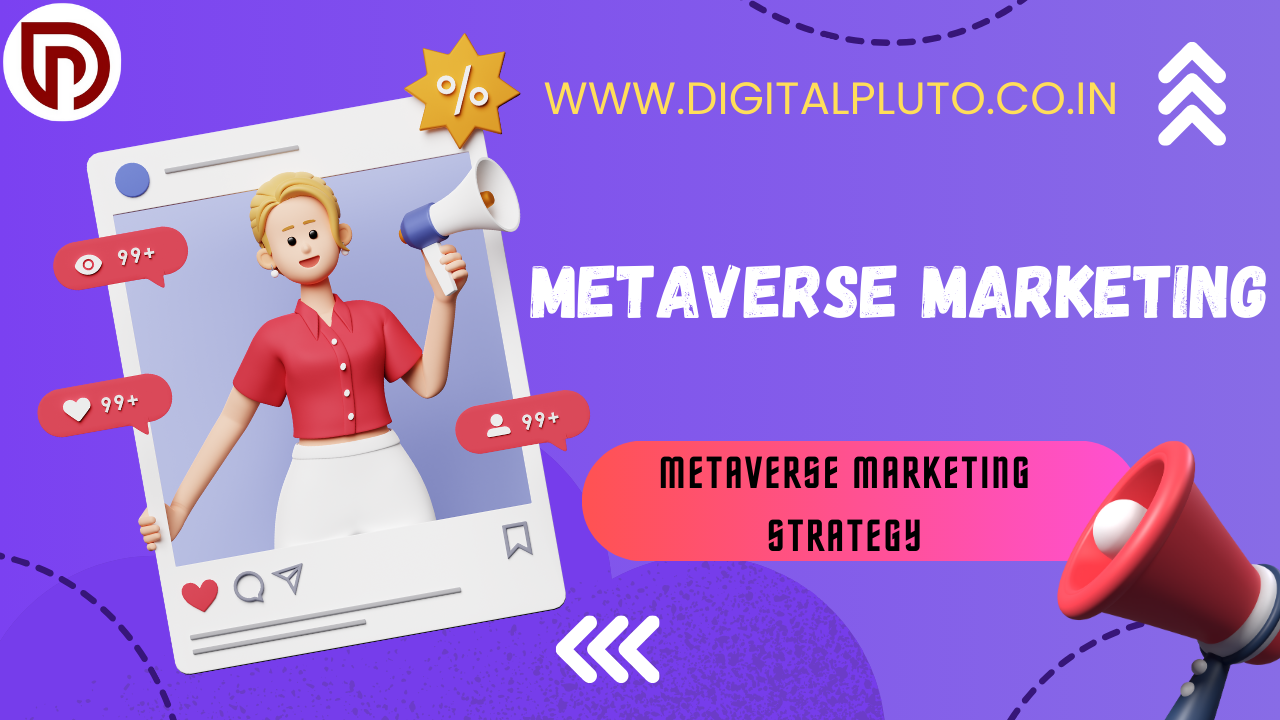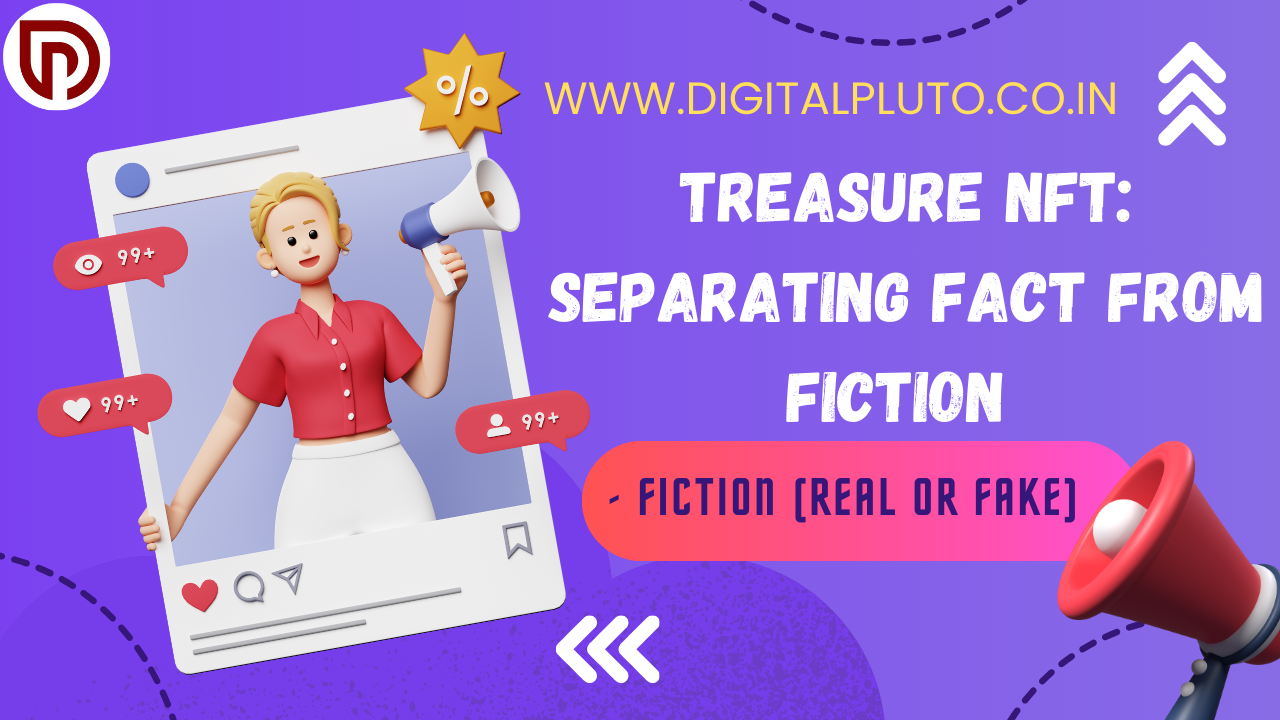
Navigating the Evolving Landscape of Influencer Marketing

Influencer marketing, which enables brands to harness the power of reputable voices and interested audiences, has grown in importance as a component of contemporary marketing techniques. Businesses must keep ahead of the curve and comprehend the subtleties of various influencer platforms and contract structures as this dynamic market continues to change. Let’s dive into this blog, The Future of Influencer Marketing, and explore.
We will examine the distinct benefits, drawbacks, and cost factors of each of the three main influencer categories—social media, podcasts, and YouTube—in-depth in this extensive book. Upon completion, you will own a well-defined plan for expanding your influencer marketing endeavors, spotting up-and-coming micro-creators, and negotiating the finest terms to optimize your ROI.
The Three Influencer Categories: Strengths, Weaknesses, and Pricing
YouTube producers, podcast hosts, and social media influencers are the three primary groups to take into account when it comes to influencer marketing. Understanding the subtle differences between these platforms is crucial to creating an effective influencer strategy, since each one presents unique benefits and difficulties.
1. Social Media Influencers

Social media influencers, such as those on platforms like Instagram, TikTok, and Pinterest, provide businesses with the ability to quickly reach large, engaged audiences. The pros of working with social media influencers include:
- Rapid turnaround time: you can send a product to an influencer and have them post about it within a week.
- Access to vast, targeted audiences at scale.
However, the cons of social media influencer marketing include:
- Difficulty in accurately tracking and attributing sales to influencer campaigns.
- The risk of working with the wrong influencers who may not resonate with your target audience.
Cost-per-thousand (CPM) pricing is usually used for social media influencer campaigns, which are normally less expensive than YouTube or podcast placements. Nevertheless, it might be difficult to defend the investment if there is unclear attribution; therefore, having a thorough screening procedure is essential to finding the proper influencers in the future of influencer marketing.
2. Podcast Influencers

Podcast advertising and sponsorships offer a unique opportunity to leverage the authority and trust of podcast hosts. The pros of working with podcast influencers include:
- The ability to tap into highly engaged, niche audiences.
- The potential to leverage the host’s credibility and likeness for your brand.
However, the cons of podcast influencer marketing include:
- Higher costs, as podcast advertising is generally more expensive than other channels.
- Longer cash flow cycles, as it can take 30-90 days to see a return on your investment.
- Difficulty in accurately tracking the impact of podcast sponsorships on sales.
With costs frequently determined by the size of the podcast’s following, podcast advertising can be among the priciest types of influencer marketing in terms of cost. Although developing brand authority can have major long-term benefits, established brands with the financial means to sustain the commitment are better suited for podcasts of future influencer marketing because of the upfront expenses and cash flow issues.
3. YouTube Influencers

YouTube influencers, or creators, offer a unique opportunity to leverage long-form, highly engaging content to promote your products or services. The pros of working with YouTube influencers include:
- The potential for long-term, evergreen content that continues to drive sales over time.
- Highly engaged audiences that are primed to learn about and purchase new products.
- The ability to leverage the creator’s personality and authority to build trust with your target audience.
The cons of YouTube influencer marketing include:
- Higher upfront costs, as YouTube creators often charge more for sponsored content due to the time and effort required to produce high-quality videos.
- Longer lead times, as it can take several weeks to coordinate and produce a sponsored video.
Rates for YouTube influencer campaigns are frequently determined by the creator’s subscriber count, video view metrics, and the amount of work needed to produce the sponsored content, making them the most costly of the three kinds. Nonetheless, YouTube is a very alluring medium for firms trying to optimize their return on investment from influencer marketing due to the possibility of long-term, evergreen sales.
The “Diversify, Multiply, and Amplify” Approach to Influencer Marketing
To get the most out of your influencer marketing efforts, it’s essential to adopt a strategic, multi-faceted approach. This is where the “diversify, multiply, and amplify” framework comes into play:
1. Diversify

Begin by spreading out your influencer marketing activities over the three primary platforms: YouTube, podcasts, and social media. By doing this, you can reduce risk and make sure that a variety of potential clients are being reached via various platforms and channels.
Keep a careful eye on each campaign’s performance and return on investment as you start experimenting with various influencer connections. This will assist you in determining which channels and tactics are most successful for your company, enabling you to focus more on those that are yielding the greatest outcomes.
2. Multiply

It is essential to start stepping up your efforts after you have determined which influencer marketing platforms are most effective for your company. To increase your reach and impact, this entails growing your network of influencers in each category and thoroughly screening and onboarding new partners.
A number of criteria, such as audience fit, engagement rates, growth trajectory, and cost, should be considered when choosing the best influencers. Examine an influencer’s performance and development over time using tools like SocialBlade, and be prepared to pay more for emerging “micro-creators” who have the potential to grow rapidly.
3. Amplify

Finally, once you’ve built a solid network of influencer partnerships, it’s time to start amplifying your efforts. This could involve:
- Exploring co-branding opportunities with your top-performing influencers.
- Leveraging influencer content across your own marketing channels, such as your website, email list, and social media platforms.
- Investing in paid amplification strategies, such as running ads to promote your influencer-generated content.
By taking this “Diversify, Multiply, and Amplify” approach, you’ll be able to create a well-rounded, high-performing influencer marketing strategy that delivers consistent, long-term results for your business.
Identifying and Investing in Rising Micro-Creators
Finding and collaborating with up-and-coming micro-creators before they become well-known is one of the secrets to success in the always-changing field of influencer marketing. These emerging influencers frequently provide a special blend of authenticity, affordability, and development potential that may be quite beneficial for brands.
When evaluating potential micro-creator partners, there are several key factors to consider:
- Audience Fit: Ensure that the influencer’s audience aligns with your target customer base in terms of demographics, interests, and values.
- Content Quality: Assess the quality, consistency, and engagement of the influencer’s content to ensure it meets your brand’s standards.
- Growth Trajectory: Analyze the influencer’s subscriber and view count growth over the past 6 months to identify those with the most momentum.
- Pricing: Negotiate rates that reflect the influencer’s current audience size and growth potential, rather than simply basing it on their follower count.
By investing in these rising micro-creators, you can often secure sponsored content at a fraction of the cost of more established influencers, while also positioning your brand to benefit from their future growth and success. Just be sure to approach these partnerships with a long-term mindset, providing support and resources to help the influencer succeed and build a mutually beneficial relationship.
Negotiating the Best Influencer Deals
Approaching the negotiation process with a strategic, data-driven perspective is crucial for landing the best influencer marketing deals. The following crucial advice will help you obtain the finest terms possible:
1. Leverage Relevant Metrics
Examine an influencer’s performance data, such as average video views, engagement rates, and growth trends, rather than just counting their followers. Examine an influencer’s past performance using technologies such as SocialBlade to determine which have the most promising futures.
2. Propose Value-Added Partnerships
Consider suggesting value-added agreements that extend beyond a single post or video rather than just charging a set price for sponsored material. Opportunities for co-branding, cross-promotional campaigns, or even funding the influencer’s own content production and amplification could fall under this category.
3. Emphasize Long-Term Potential
When negotiating with rising micro-creators, be sure to highlight the long-term potential of the partnership. Offer incentives or revenue-sharing models that reward the influencer for their continued growth and success, creating a mutually beneficial relationship that extends far beyond a one-off campaign.
4. Maintain Flexibility and Transparency
Be willing to compromise and change the terms of the agreement in light of the influencer’s requirements as well as your own performance indicators. Throughout the process, keep lines of communication open and transparent, and be prepared to modify your strategy as the collaboration develops.
You can get the finest bargains and establish long-lasting, mutually beneficial relationships that propel long-term success for your company by approaching influencer marketing negotiations with a strategic, data-driven perspective.
Conclusion: Embracing the Future of Influencer Marketing
Businesses must keep ahead of the curve and modify their strategy in response to the always changing influencer marketing landscape. In The Future Of Influencer Marketing, Adopting a “Diversify, Multiply, and Amplify” strategy and comprehending the distinct advantages and disadvantages of the three main influencer categories—social media, podcasts, and YouTube—will put you in a good position to optimize the return on investment of your influencer marketing initiatives.
Recall that the secret to success in this fast-paced sector is your capacity to spot and fund up-and-coming micro-creators, strike the greatest possible bargains, and establish enduring, win-win alliances with your influencer network. Adopting these tactics will enable you to use influencer marketing to propel your company’s success and long-term growth.
Recall that developing genuine, win-win relationships with your audience is the key to the future of marketing. You can propel your company to new heights of success and growth by leveraging the power of influencer marketing. What are you waiting for, then? Begin delving into the fascinating realm of influencer marketing right now!
Follow https://www.digitalpluto.co.in/ for more latest updates about digital marketing.





